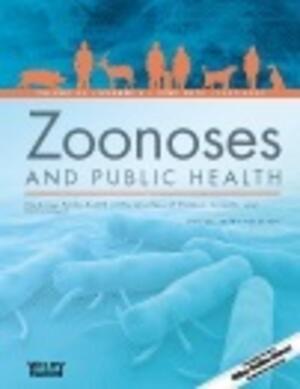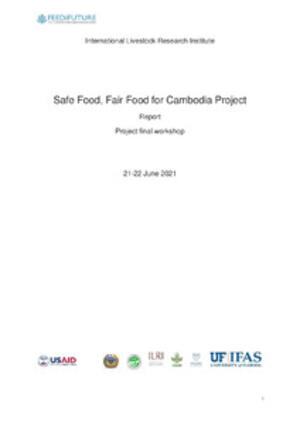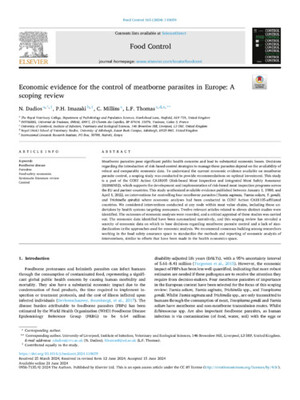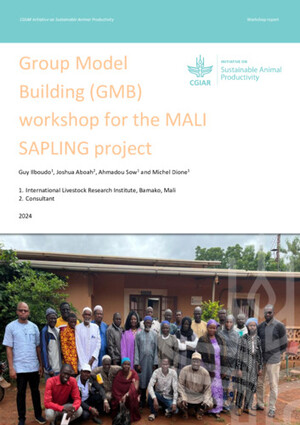
Comparing FAMACHA© eye colour chart and haemoglobin colour scale tests for detecting anaemia and improving treatment of bovine trypanosomosis in West Africa
Abstract
African animal trypanosomosis (AAT) is considered the most important cattle disease in sub-Saharan Africa but its diagnosis in the field is difficult, resulting in inappropriate treatments, excessive delay in treatments and under-treatment. A field study in West Africa investigated the usefulness of anemia in the diagnosis of trypanosomosis. A total of 20,772 cattle blood samples were taken from 121 villages in 3 countries. The average packed cell volume (PCV) of trypanosomosis positive cattle was 23%, versus 28% for negative cattle. In a sub-set of animals, other causes of anemia were investigated showing most of the anemia burden was attributable to trypanosomosis. Anemia was a reasonably accurate indicator of trypanosomosis in the study area, with a sensitivity of 56% and a specificity of 80% and a diagnostic odds ratio of 4.2, the highest of all the signs evaluated (anemia, emaciation, staring coat, lymphadenopathy, fever, lacrimation and salivary or nasal discharge). Having confirmed the usefulness of anemia as a predictor of trypanosomosis, two potential pen-side tests for anemia were evaluated (the first reported trial of their use in cattle), firstly a color chart developed for anemia detection in sheep through visual inspection of conjunctival membranes (FAMACHA©) and secondly the Hemoglobin Color Scale (HbCS) developed for assessing hemoglobin levels in human patients by comparing blood drops on filter paper with color standards. In a population of cattle suspected by their owners to be sick with trypanosomosis (n = 898) the sensitivity of the HbCS test was 56% and the specificity was 77%, while the sensitivity of the FAMACHA© test was 95% and the specificity was 22%. The higher sensitivity but lower specificity suggests the FAMACHA© may be useful as a screening test and the HbCS as a confirmatory test. The two tests were also evaluated in cattle randomly selected from the village herd. Using cut-off points to optimize test performance, the HbCS test had a sensitivity of 81% and a specificity of 62% (n = 505 cattle), while the FAMACHA© had a sensitivity of 92% and a specificity of 30% (n = 298 cattle). Recommendations are made for the appropriate use of these tests in the West African region.
Citation
Grace, D., Himstedt, H., Sidibé, I., Randolph, T.F. and Clausen, P.H. 2007. Comparing FAMACHA© eye colour chart and haemoglobin colour scale tests for detecting anaemia and improving treatment of bovine trypanosomosis in West Africa. Veterinary Parasitology 147(1-2):26-39.










